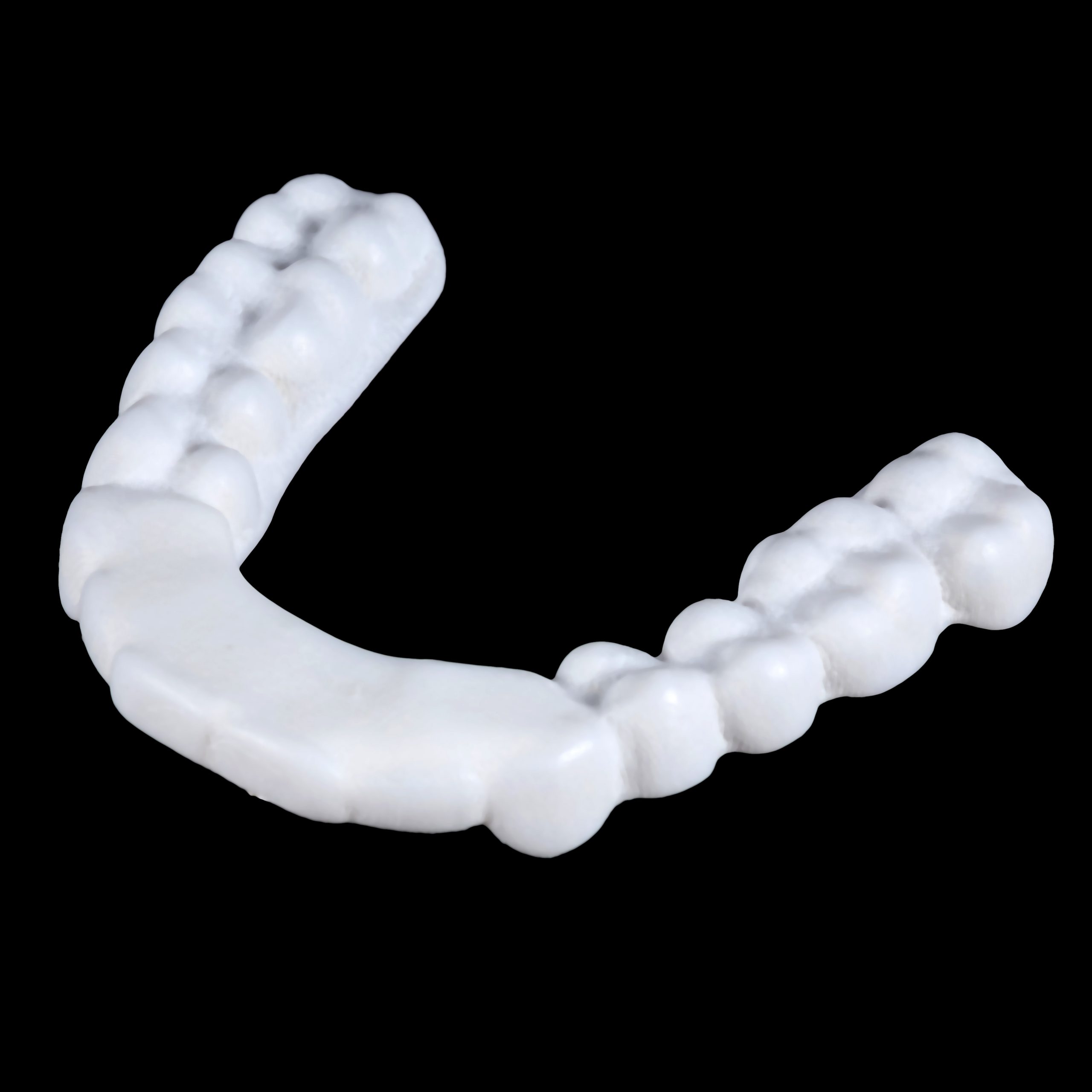 As additive manufacturing (AM) for the dental industry is predicted to scale into a $9 billion dollar market within just the next eight years, it is becoming increasingly imperative for those in the dental AM sector to eliminate bottlenecks from their additive workflows. While 3D printing has a myriad of benefits for industries like consumer products, automotive, and aerospace, AM’s ability to rapidly adapt to manufacturing custom designs with optimal accuracy gives it a special leg up when it comes to printing medical and dental applications.
As additive manufacturing (AM) for the dental industry is predicted to scale into a $9 billion dollar market within just the next eight years, it is becoming increasingly imperative for those in the dental AM sector to eliminate bottlenecks from their additive workflows. While 3D printing has a myriad of benefits for industries like consumer products, automotive, and aerospace, AM’s ability to rapidly adapt to manufacturing custom designs with optimal accuracy gives it a special leg up when it comes to printing medical and dental applications.
Because dental and orthodontic appliances are manufactured on a case-by-case basis, no two designs are the same. While antiquated subtractive manufacturing methods are strategic for the high-volume production of a single design, these techniques, like milling for example, are not especially conducive to the variability in design common within dental applications.
Not only are products like dental aligners, retainers, dentures, custom implants, crowns, and similar products unique as they are retrofitted to an individual’s mouth, but even when these parts are created via AM, the many intricate crevices that make up each piece can be troublesome to surface finish and, if printed with powder, remove excess powder from. When these processes are not done completely and accurately, both comfort and function for the patient are sacrificed. As a result, It is imperative that dental aligners and similar custom products have a completely smooth exterior, which is only achievable through surface finishing.
While the implementation of AM for dental/orthodontic appliance development can unlock significant time and cost savings compared to subtractive manufacturing techniques, it’s not uncommon for bottlenecks to obstruct efficiencies and cause issues within the post-printing step of additive workflows. Without an automated post-printing solution, technicians may waste a significant amount of time manually surface finishing parts, while still not achieving the ideal roughness averages. Implementing manual labor in this process reduces efficiencies, and can even slow down lead times.
Even as a 10+ year veteran of additive manufacturing implementation, Great Lakes Dental, one of the nation’s largest orthodontic labs, was facing many of these challenges in their post-print stage. As PolyJet, DLP, and SLS 3D printing users, Great Lakes Dental sought not one, but two efficient post-printing techniques specifically for their SLS print technology workflow – powder removal and surface finishing. Our latest case study delves into the ways that PostProcess Technologies™ RADOR™ surface finishing solution was able to mitigate the post-printing challenges that Great Lakes Dental faced while streamlining their additive workflow, and reducing manual labor and cycle times.
To unlock these efficiencies for Great Lakes Dental, the RADOR utilizes:
- A proprietary blend of software intelligence, hardware, and advanced vibratory technology to dually remove powder from and burnish printed parts.
- PostProcess’s Suspended Rotational Force (SRF) technology to ensure parts receive equal exposure to finishing hardware.
- Media specifically chosen to meet the needs of print materials, product shapes, and finishing requirements of Great Lakes Dental.
Read through our Case Study with Great Lakes Dental to learn more about how our proprietary automated post-printing solution can unlock efficiencies for the ever-growing dental industry.
-> Learn more in our Webinar series and White Paper database
-> Want to connect? Contact Us
-> Return to Blog Homepage